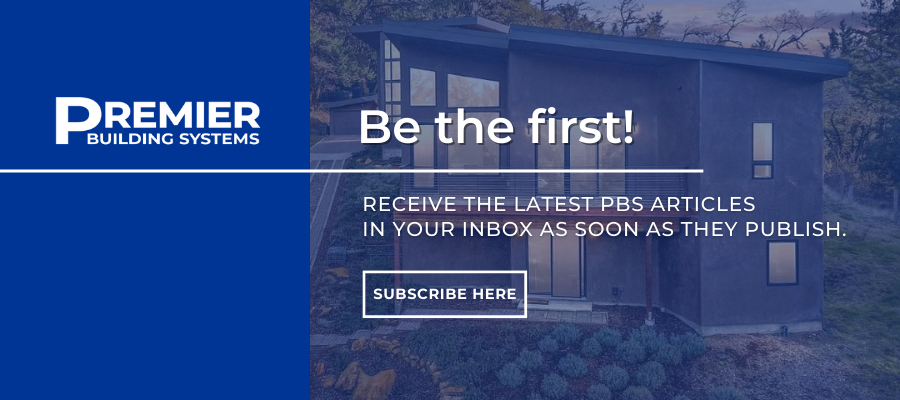What We Build: The Impacts (and Facts) On Where We Live, Work & Play (PBS)
The built environment includes all of the physical structures engineered and built by people–the places where we live, work, and play. These frameworks include our homes, workplaces, schools, parks, and transit arrangements. Where we live, work and play every day has a profound impact on our natural environment, economy, health, and productivity.
In the United States alone, buildings account for:
- 72% of electricity consumption
- 39% of energy use
- 38% of all carbon dioxide (CO2) emissions
- 40% of raw materials use
- 30% of waste output (136 million tons annually)
- 14% of potable water consumption.
Benefits of Green and Energy-Efficient Building
Environmental Benefits:
- Enhance and protect ecosystems and biodiversity
- Improve air and water quality
- Reduce solid waste
- Conserve natural resources
Economic Benefits:
- Reduce operating costs
- Enhance asset value and profits
- Improve employee productivity and satisfaction
- Optimize life-cycle economic performance
Health & Community Benefits:
- Improve air, thermal, and acoustic environments
- Enhance occupant comfort and health
- Minimize strain on local infrastructure
- Contribute to the overall quality of life
Everywhere you turn, there are advertisements, new companies, or celebrities telling you why to live and build Energy Efficient. The environmental measures and stats should stand on their own. Where can you find these? Environmental Protection Agency (EPA) is a huge resource with publications, research, and tools at our fingertips….below are some links that we find useful to guide you through the facts on living and building for the environment.
Green Building Tools Information
- Green Homes, key environmental and energy-efficient issues while at home (issues by room)
- Energy Efficiency in Commercial Buildings
- Healthy School Environments
Energy-Efficient Tools
- EPA Power Profiler (by zip code)- how clean is the electricity you use?
- Green Power Locator (by state)
- Special Offers/Rebate Finder (by zip code)
Protecting Children's Health
- Facts about children’s environmental health. FOR EXAMPLE- In 2002, children 5-17 years old missed 14.7 million school days due to asthma- can you imagine what that statistic is today??
- What can I do to protect children from environmental health risks? FOR EXAMPLE- Promote healthier communities by spearheading a clean school bus campaign in your community to help reduce public school bus emissions.
- I want more- where can I find publications and studies about children’s environmental health?

